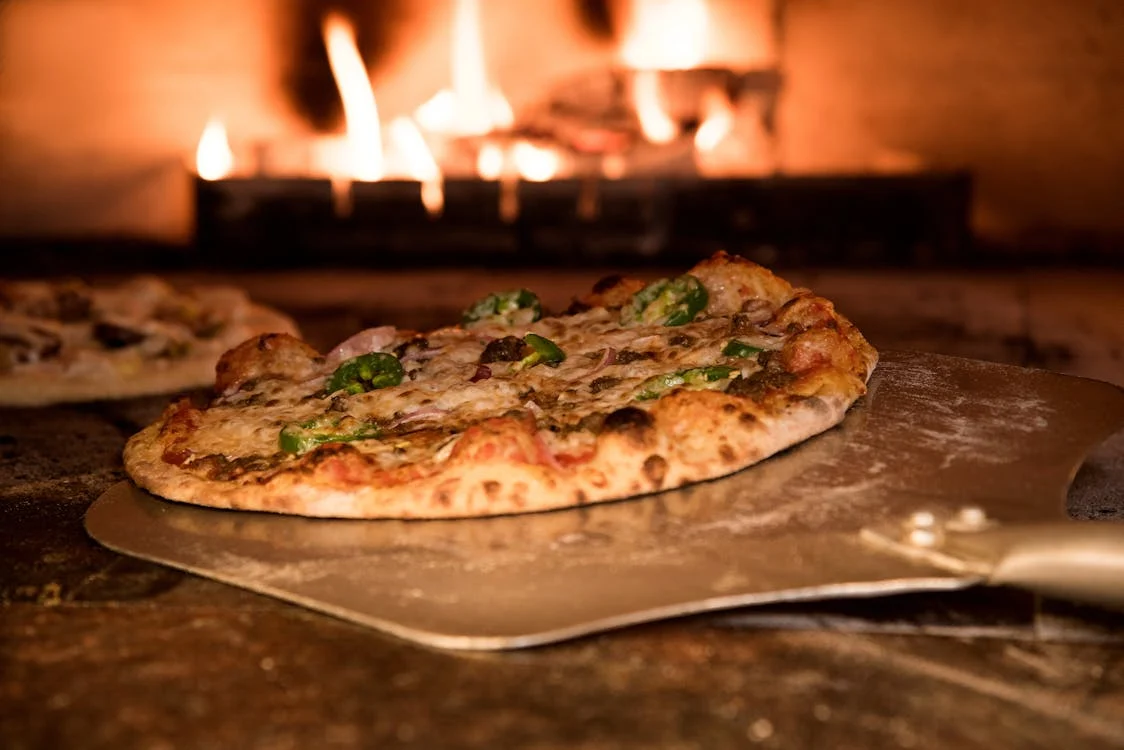
Who doesn’t love a good slice of pizza? With its universal appeal, opening a pizza place can be a rewarding venture for any aspiring entrepreneur. Whether you’re a passionate cook or a savvy businessperson, the pizza industry offers ample opportunities. This guide will walk you through everything you need to know to get started, from market research to financial planning, to help you turn your pizza dreams into reality.
Understanding the Local Demand
Before you throw your dough in the oven, it’s essential to understand the market you’re entering. Conducting thorough market research helps you identify your target customer and gauge local demand.
Look into local demographics and study your competition. Are there many pizza places in your area? What kinds of pizzas are they offering? Survey potential customers to understand their preferences and spending habits. The more you know about your market, the better equipped you’ll be to meet its needs.
Identifying gaps in the market can set your pizzeria apart. Perhaps there’s a demand for gluten-free crusts or vegan cheese options. By tailoring your offerings to what’s missing, you’ll attract a loyal customer base eager for something different.
Choosing the Perfect Location
Your location can make or break your pizzeria. High foot traffic areas such as busy streets, shopping centers, and near schools or universities can draw in crowds. However, these locations often come with higher rent costs.
Consider accessibility and visibility. A spot that’s easy to find and convenient to access will attract more customers. Parking availability is another critical factor—make it easy for people to visit you.
The ambiance of your location matters too. Whether you’re going for a cozy, family-friendly vibe or a trendy, modern atmosphere, ensure the neighborhood complements your vision and appeals to your target audience.
Crafting Your Menu
Your menu is the heart and soul of your pizzeria. Creating a diverse and appealing selection of pizzas can set you apart from the competition.
Offer a mix of classic favorites like Margherita and pepperoni alongside unique creations that reflect your culinary flair. Pizza might seem like a common food, but it’s also the reason why you shouldn’t skimp on food quality and presentation. Include options for various dietary needs, such as gluten-free crusts and vegan toppings, to cater to a broader audience.
Don’t forget about appetizers, salads, and desserts. Garlic knots, Caesar salads, and tiramisu can round out your menu and enhance the overall dining experience. Additionally, consider seasonal specials to keep your menu exciting and encourage repeat visits.
Essential Equipment and Technology
Investing in the right equipment is crucial for the efficiency and quality of your pizzeria. One of the most significant purchases you’ll make is the pizza oven. While new ovens are available, opting for a used commercial pizza oven can offer substantial savings without compromising performance. Ensure the oven you choose meets your specific needs—whether that’s a deck oven for a crispy crust or a conveyor oven for high-volume capacity.
Alongside the oven, you’ll need mixers for dough preparation, refrigeration units to keep ingredients fresh, and prep tables to streamline the workflow. Don’t overlook modern technology either; a robust restaurant point-of-sale system will facilitate smooth transactions and help manage orders efficiently. Equipping your kitchen with quality, reliable gear sets the foundation for delicious pizzas and a successful business.
Hiring and Training Staff
A great team is the backbone of your pizzeria. Hiring staff who share your passion and vision is crucial for delivering excellent service and creating a positive work environment.
Start by defining the roles you need to fill, from chefs and kitchen staff to servers and delivery drivers. Look for candidates with relevant experience and a genuine enthusiasm for food and customer service.
Training is key to maintaining consistency and quality. Provide comprehensive training programs covering everything from food preparation and safety to customer interaction. Regular team meetings and ongoing training sessions can keep your staff motivated and aligned with your goals.
Marketing and Promotion
Getting the word out about your pizzeria is essential for attracting customers. Effective marketing strategies can help you build a strong brand presence and drive traffic to your doors.
Utilize social media platforms like Instagram and Facebook to showcase mouth-watering photos of your pizzas and share updates about special promotions or events. Partner with local influencers to reach a wider audience and generate buzz.
Traditional marketing methods like flyers, local newspaper ads, and participation in community events can also be effective. Offering limited-time discounts or loyalty programs can encourage repeat business and foster a sense of customer loyalty.
Financial Planning
Proper financial planning is crucial for the long-term success of your pizzeria. Start by creating a detailed budget that includes initial startup costs, ongoing expenses, and projected revenue.
Consider all costs, from rent and utilities to equipment purchases and staff salaries. Factor in marketing expenses and inventory costs as well. Setting realistic financial goals and tracking your progress regularly can help you stay on track.
Pricing your menu items appropriately is also essential. Consider the cost of ingredients, labor, and overhead when determining your prices. Competitive pricing can attract customers, but ensure you’re still making a profit.
Building a Community
A successful pizzeria is more than just a place to eat; it’s a community hub. Engaging with your customers and becoming a local favorite can foster loyalty and word-of-mouth referrals.
Host events like pizza-making classes or tasting nights to create memorable experiences for your customers. Participate in local festivals or sponsor community sports teams to increase your visibility and show your support for the local community.
Encourage customer feedback and listen to their suggestions. Positive reviews and testimonials can boost your reputation, while constructive criticism can help you improve. Building a loyal customer base through genuine connections can lead to long-term success.
Opening a pizza place is an exciting and rewarding venture, but it requires careful planning and dedication. By understanding the market, choosing the right location, crafting a diverse menu, investing in essential equipment, hiring and training a passionate team, implementing effective marketing strategies, and managing your finances wisely, you can set your pizzeria up for success.
Remember, building a community and engaging with your customers can foster loyalty and create a lasting impact. If you’re ready to take the plunge and turn your pizza dreams into reality, there’s no better time to start. With hard work and a passion for great pizza, you can create a pizzeria that becomes a beloved local favorite.

